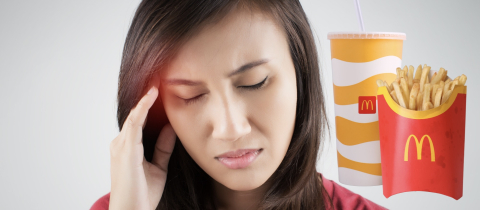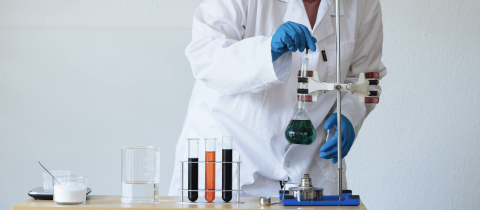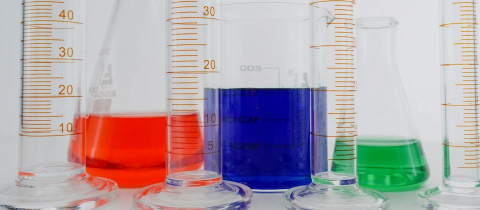Originally squeezing balls made of polyurethane foam was supposed to counter stress. Feeling anxious? For relief, just compress a “stress ball” and then watch it slowly expand back to its original size. At least so went the ads. But now for some parents, squeezing polyurethane foam is creating stress. Their kids are collecting and squeezing “squishies,” the latest and hottest toy. These are an offspring of stress balls and come in numerous sizes and shapes like ice cream cones, cupcakes, animals and fruits of all kinds. Some squishies are even scented. Squeeze the strawberry shortcake and smell the berries! And that's where the problem lies. That berry may not be the only scent that these squishies are giving off.
Both stress balls and squishies are made of polyurethane, a “polymer” that forms when its component “monomers,” namely isocyanates and polyols, are linked together into long chains. However, there is a great deal of complex chemistry behind that simple description. First, there are diverse isocyanates and polyols that can be used. Then there are the foaming agents, solvents, catalysts, surfactants, cross-linking chemicals, dyes and fire retardants that are involved in producing the final product. Depending on the extent of care taken during the manufacturing process, it is possible that some of these chemicals remain in the product and then “outgas”, or in simple terms give off gas. It isn’t unusual for polyurethane materials to have a smell until the residues dissipate. But until they do, they can have an effect on health.
People have complained about smells emanating from polyurethane mattresses causing headaches and breathing problems and now squishies are being accused of doing the same. One mother tells of her young daughter experiencing hallucinations after sleeping with the toys. The little girl believed that the pictures of cats on her wall were watching her and that her dresser was alive! She had nightmares and disturbed sleep until the squishies were removed and the was house aired out.
There is no question that polyurethane products can emit potentially harmful chemicals. The Danish Environmental Protection Agency tested a number of squishies and found they were releasing toluene, styrene and dimethylformamide. Given the complexity of polyurethane formulations, there are probably a lot more chemicals that can outgas. I can vouch for that.
Just to see what the internet commotion surrounding squishies was all about, I ordered a bunch. Some were small, others, like a watermelon, approximated the size of the real thing. I left the opened package on my desk. It wasn’t long before I had to put it outside because of the overwhelming smell. Gave me a headache. Interestingly enough, the package that the watermelon squishy came in does come with a giant “Do Not Eat!” warning. I doubt anyone would be tempted to take a bite out of the plastic melon, but there are some squishies that are small enough to present a choking hazard for children. That may have parents reaching for their stress balls.


Want to comment on this article? View it on our Facebook page!







